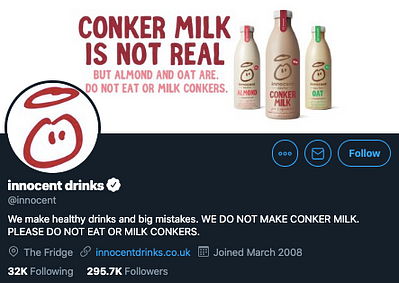With the internet in their pocket, guests hold more power than ever. One missed moment, one tone-deaf interaction, one off-brand experience and they don’t just walk away quietly. They post. They share. And in seconds, that feedback scales. If your experience falls short, so does your reputation. Publicly—and fast!
But here’s the thing. Negative reviews don’t automatically signal a broken brand experience. They’re often a gift in disguise: a frontline insight into where expectations aren’t being met. When handled with intention, they become a chance to demonstrate responsiveness, rebuild trust, and turn discontent into advocacy.
The problem? Most brands aren’t actually listening.
They’re reacting.
Negative reviews go unanswered. Questions sit in inboxes collecting dust. And meanwhile, brands haemorrhage customers without ever adjusting course. And it’s left me wondering why so many brands are hesitant to hear what people have to say? I mean, you see complaints everywhere. From delayed transportation to faulty products to rude staff to high prices and policy issues… You don’t have to look far for a negative review. Especially in England—a proper moan is practically a cultural pastime! But whilst it can be disheartening to discover that your product or service fell short of somebody’s expectations, if someone took the time to tell you what went wrong, they’re giving you a second chance. And the first step to transforming that review into a powerful brand moment? Listen. Actually, listen.
When you take the time to actively listen, negative reviews become something far more valuable than complaints, theybecome insight. Deep, unfiltered insight into how your brand is actually experienced by real people.
Feedback isn’t noise. It’s intelligence. And when you’re in the business of creating standout guest experiences, that intelligence is gold. Listening is the cornerstone of every positive brand transformation. It’s where growth begins. Because when you genuinely hear what guests are saying (even… no, especially, when it’s uncomfortable), you earn the right to evolve. Not just by fixing isolated issues, but by making systemic, experience-led improvements that elevate your entire brand.
So yes, it might be tempting to ignore or delete a bad review. But if you’re serious about experience integrity, don’t sweep feedback under the rug—audit it. Decode it. And use it to create a better version of what you offer.
Take innocent drinks for example. They don’t play by other’s rules when it comes to their brand and are known for their original tone of voice and quirky playful nature. As part of this, the brand has a history of launching fake products for fun and in 2019 they launched “Conker Milk”. It was a completely fake product, but some people took it very seriously, and #ConkerGate ensued. Hardly surprising considering conkers a) can’t be milked and b) are poisonous. But the brilliance wasn’t in the campaign—it was in the response.
They didn’t gaslight the audience or double down. They listened. They acknowledged. They handled it with grace, humour, and humanity. And in doing so, they strengthened trust. Because it’s not about being perfect. It’s about being proactive.

And then they owned the conversation. They didn’t hide, or deflect, but interacted with the people making the complaints, using it as a conversation point and place for witty banter. They turned complaints into connection, turning a blunder into banter—and in doing so, made their mistake memorable for all the right reasons.
That’s the power of guest experience done right. Not flawless execution, but intentional engagement.
So, how do you turn negative reviews into positive experiences?
You do it by treating feedback as a living, breathing part of your brand experience, and you listen. No, really. It starts there. Because listening isn’t just good customer service, it’s strategic intelligence. When you invite honest feedback, you’re not just “collecting reviews,” you’re uncovering blind spots, breaking assumptions, and identifying the moments where your experience either delights or disappoints.
It’s how you spot patterns. It’s how you separate the one-offs from the systemic issues. And it’s how you transform raw complaints into refined opportunities. In Guest Experience Auditing, this is where the real work happens, not just reacting to problems, but studying them. Mapping them. Solving them at the root. Because if you’re serious about delivering standout brand experiences—those experiences that spark loyalty, advocacy, and word-of-mouth… You need to prove that you’re not just listening when it’s convenient. You’re listening when it’s critical.
In the good. And especially in the bad.
And if you need help with that… Well then you know where to find me!
